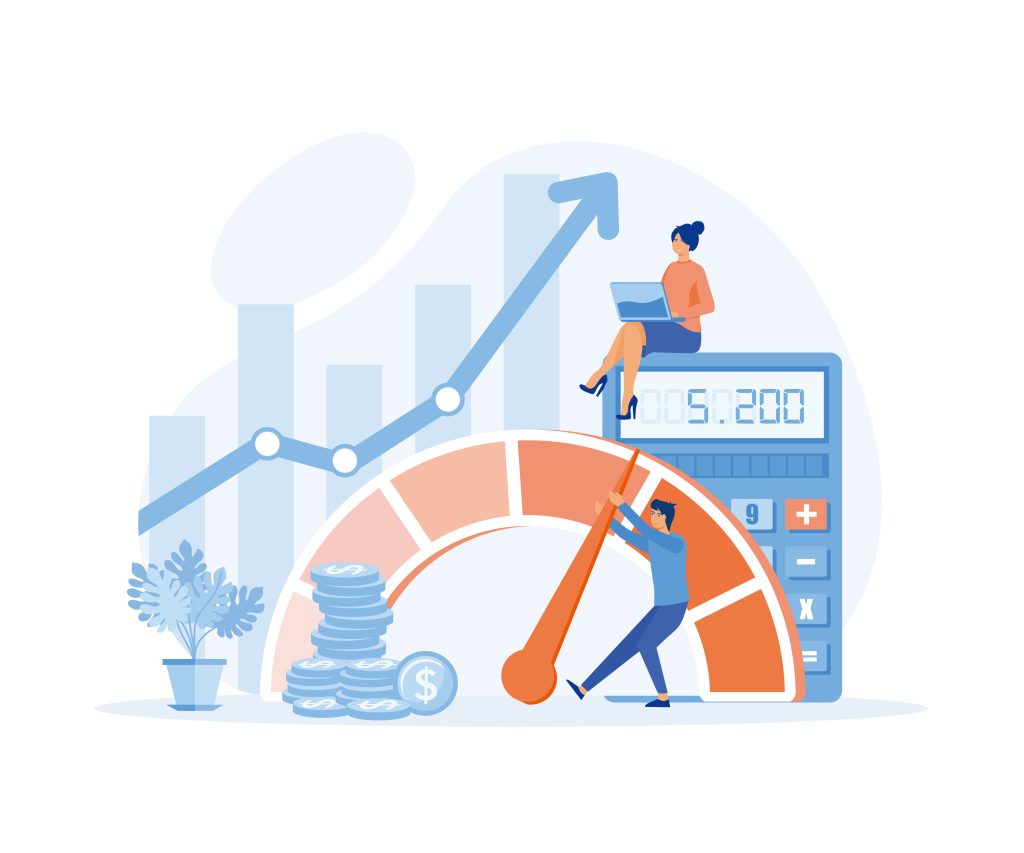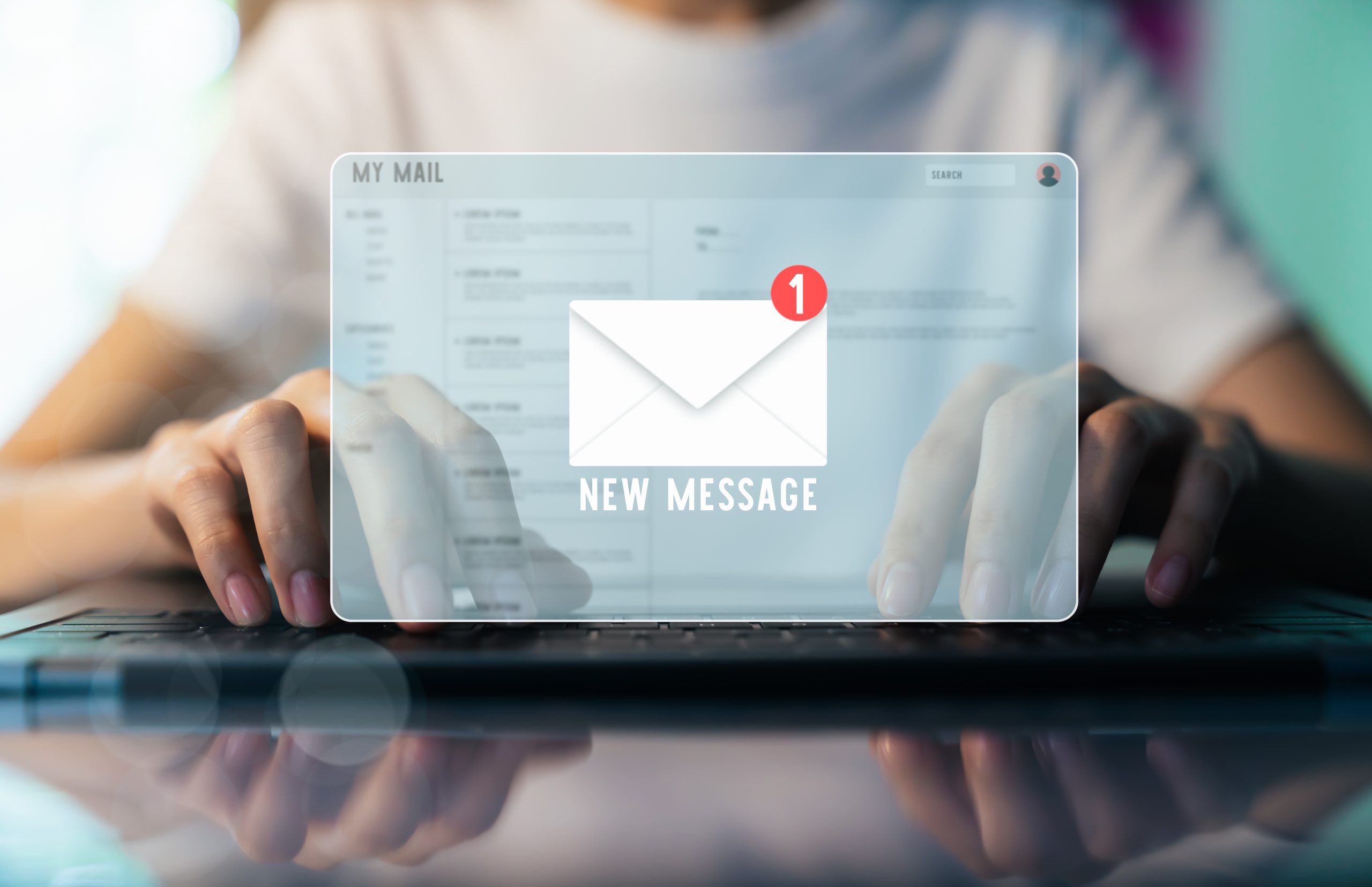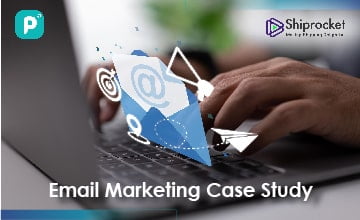Email marketing campaigns are one of the most prominent ways to reach out to your audience in this era of B2B marketing. The era of sending identical emails to all is a thing of the past. Now, it’s all about creating emails that speak directly to your audience. One powerful method is using behavioral triggers. Let’s see how triggered emails can help encourage B2B prospects to take action.
What are Behavorial Triggers

Behavioral triggers in email marketing refer to specific actions or behaviors exhibited by a subscriber that prompt an automated response or tailored email communication. These triggers are based on the recipient’s interactions, such as opening emails, clicking on links, making purchases, abandoning carts, or engaging with specific content.

For example, if a subscriber abandons their shopping cart on an e-commerce website, a behavioral trigger can automatically send them a reminder email with the abandoned items, potentially prompting them to complete the purchase.
By leveraging behavioral triggers, marketers can deliver timely and highly relevant content to their audience, increasing the likelihood of engagement, conversions, and ultimately, fostering stronger customer relationships.
Importance of Behavorial Triggers
Behavioral triggers come from how people interact with your emails and site. By understanding these actions, you can give them the right content at the right time, guiding them towards a purchase.
Below are a few benefits of these triggers:
1. Tailored Personalization:
Behavioral triggers revolutionize your email strategy by enabling you to deliver content that perfectly aligns with the recipient’s interests and actions. This precision increases the chances of capturing their attention and driving meaningful interactions.
2. Strategic Lead Nurturing:
Aligning your communication with prospect behavior ensures that you’re providing the right information at the right time. This strategic approach guides potential customers smoothly along their journey, fostering trust and boosting conversion rates.
3. Efficiency in Time and Resources:
Automating responses based on behavioral cues significantly reduces manual intervention. This means your leads receive timely, relevant messages even during non-business hours. It not only saves time but ensures no opportunity slips through the cracks.
4. Data-Powered Decision-Making: Harnessing behavioral data offers invaluable insights into how your audience interacts with your emails. By dissecting this data, you’re equipped to fine-tune your campaigns, optimizing content, timing, and strategies. This data-driven approach guarantees improved results and a better return on investment.
Strategies for Effective Behavioral Triggers
Creating a buyer persona is a pivotal step in behavioral marketing automation. It serves as the foundation for all subsequent actions, allowing you to comprehensively understand and guide your customers through the sales funnel.
This persona not only reveals customer motivations but also complements marketing automation by shaping the content you deliver.
Personalization is paramount. Studies show that 80% of customers prefer brands that offer a personalized experience. Leveraging behavioral triggers enables you to provide tailored interactions. Consider the buyer’s stage and send content that precisely addresses their needs at that moment, standing out amidst the noise of generic mass advertising.
Email retargeting, especially in eCommerce, is a powerful tool for behavioral marketing. Triggered email campaigns, featuring discounts, product demos, and welcome sequences, can significantly influence customer purchasing decisions.
Identifying the right triggers is crucial for maximizing marketing efforts. It hinges on the customer data collected in earlier stages, pinpointing the most effective triggers for driving purchases or nurturing leads.
While behavioral marketing software is invaluable, it may not always provide a one-size-fits-all solution. Therefore, as you dissect your marketing data, consider it as a realm of possibilities. For instance, if consumers take action X, do they also take action Y? This kind of analysis allows you to determine the optimal actions for every behavioral trigger, ensuring a finely-tuned marketing approach.
Measuring the Impact
Measuring the impact of behavioral triggers in email marketing is vital for refining strategies and enhancing customer engagement. Begin by tracking key metrics like open rates, click-through rates, and conversion rates specific to triggered emails. Compare these with non-triggered campaigns to gauge the effectiveness of behavioral targeting.
Dive deeper into user behavior post-trigger. Monitor website visits, time spent on site, and specific actions taken after recipients engage with triggered emails. This offers valuable insights into the direct impact on user activity.

Furthermore, analyze the conversion funnel. Assess how many recipients moved from trigger engagement to desired outcomes, such as making a purchase or signing up for a newsletter. This helps quantify the direct influence of behavioral triggers on conversion rates. A/B testing is another powerful tool. Experiment with different trigger conditions, content variations, or timing to identify what resonates best with your audience.
Finally, gather qualitative feedback through surveys or customer interviews. Understand their perception of triggered emails and whether they find them valuable or intrusive. This holistic approach to measurement ensures a comprehensive understanding of the impact of behavioral triggers on your email marketing efforts.
Challenges of Behavioral Triggers

Implementing behavioral triggers in email marketing campaigns offers great potential, but it’s not without its challenges. Firstly, data accuracy and quality are crucial. Inaccurate or outdated customer information can lead to misguided triggers, resulting in ineffective campaigns.
Privacy concerns also loom large. Striking the right balance between personalization and respecting privacy is a delicate task. Overstepping boundaries can lead to customer distrust and even legal repercussions.
Segmentation complexity is another hurdle. Creating precise segments based on diverse behaviors requires a deep understanding of customer actions, which can be time-consuming and intricate.
Furthermore, the dynamic nature of customer behavior poses a challenge. Preferences and actions can shift rapidly, necessitating constant adjustment of trigger parameters.
Email deliverability is a perennial challenge. Overusing triggers or sending too many emails in quick succession can lead to higher spam reports and lower inbox placement rates.
Lastly, ensuring that triggered emails align with broader marketing efforts is crucial. They should seamlessly integrate with other channels and messaging for a cohesive customer experience. Overcoming these challenges requires careful planning, continuous monitoring, and a customer-centric approach to email marketing.
Final Thoughts
Triggered emails play a pivotal role in maintaining customer engagement, offering positive reinforcement for specific actions and enhancing the nurturing journey. Although a robust triggered email strategy demands careful planning and experimentation, a well-structured email sequence ultimately streamlines operations and leads to satisfied, actively engaged customers.
An intelligent retail marketing solution, equipped with advanced automation features, not only facilitates the conversion of prospects into customers but also ensures their sustained involvement in the sales funnel, driving consistent conversions. This approach empowers retail marketers to optimize their email marketing efforts, ultimately yielding higher returns on investment.
If you’re seeking an email marketing specialist, look no further. Visit us, and we’ll be sure to assist you in generating high-quality leads.




